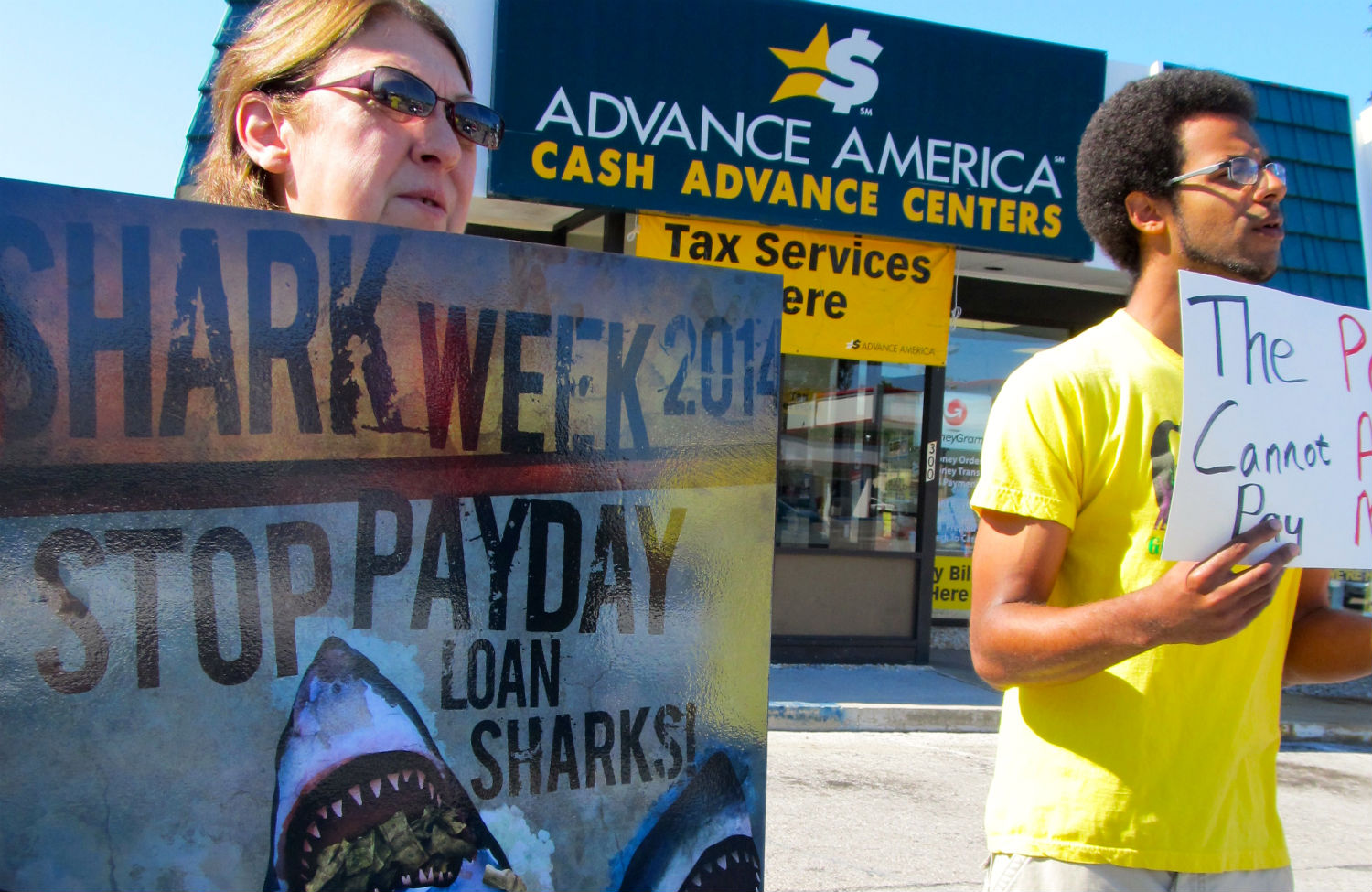
In late March the Swiss company ABB agreed to pay $55 million to resolve a lawsuit brought by its U.S. employees alleging that the company charged excessive fees to administer their 401(k) plan. This was just the latest in a long series of class actions brought under the Employee Retirement Income Security Act of 1974, or ERISA, which protects the rights of retirement plan participants.
As part of the latest expansion of Violation Tracker, the Corporate Research Project has identified 201 such cases in which the defendant was a corporation included in the Fortune 1000, the Fortune Global 500 or the Forbes list of America’s Largest Private Companies.
Our compilation finds that in these cases, which date back to the beginning of 2000, corporations had paid out a total of $6.2 billion in settlements and verdicts. The largest settlement, $480 million, was reached in 2014 in a retiree health benefits suit brought against Daimler AG on behalf of workers at the German company’s U.S. truck manufacturing plants.
The 201 lawsuits (details here) alleged various types of misconduct by employers, including:
- Charging excessive fees or offering overly risky investment options in 401(k) plans;
- Improper investment of pension plan assets in company stock, especially during times of instability;
- Inadequate or misleading disclosure of financial information to plan participants; and
- Mishandling conversions of pensions to cash-balance plans.
Some suits were brought against investment managers or plan trustees rather than the employer. For example, in 2015 Bank of New York Mellon agreed to a $335 million settlement to resolve allegations by multiple pension funds that it deceptively overcharged them on currency exchange rates relating to the purchase of foreign securities.
Apart from Daimler and Bank of New York Mellon, 13 other large corporations have had total ERISA payouts of $100 million or more. Among them are IBM, Foot Locker, Xerox, Bank of America, AK Steel, AT&T and JPMorgan Chase. The industry with the most ERISA payouts is banking, with a total of more than $1.3 billion.
In addition to large for-profit corporations, some major nonprofits, especially healthcare systems, have had to pay out large sums. Most involve lawsuits alleging that religious institutions improperly claimed that their plans were exempt from ERISA. The biggest settlements have involved Providence St. Joseph Health ($351 million) and Bon Secours Mercy Health ($161 million from two suits).
In many cases the settlement costs are covered in part or wholly by an insurance policy, but Violation Tracker attributes the amount to the corporation or non-profit named in the lawsuit.
With the addition of the ERISA cases and the updating of other categories, Violation Tracker now contains more than 368,000 civil and criminal entries with total penalties of $464 billion. The new ERISA entries—like our earlier compilations of wage theft and employment discrimination lawsuits—include details on each case and links to key court documents.
The fastest way to get a list of the ERISA cases from Violation Tracker is to choose the Option 2 offense type “pension ERISA violation.” You’ll get the 201 large-company cases discussed above plus 51 more brought against non-profits and companies not on the Fortune and Forbes lists.







 For a long time, the corporation that stood out as America’s worst employer was Walmart, given its reputation for shortchanging workers on pay, engaging in discriminatory practices and ruthlessly fighting union organizing drives. Today, Amazon.com seems to be trying to take over that title, at least for its blue-collar workforce.
For a long time, the corporation that stood out as America’s worst employer was Walmart, given its reputation for shortchanging workers on pay, engaging in discriminatory practices and ruthlessly fighting union organizing drives. Today, Amazon.com seems to be trying to take over that title, at least for its blue-collar workforce.